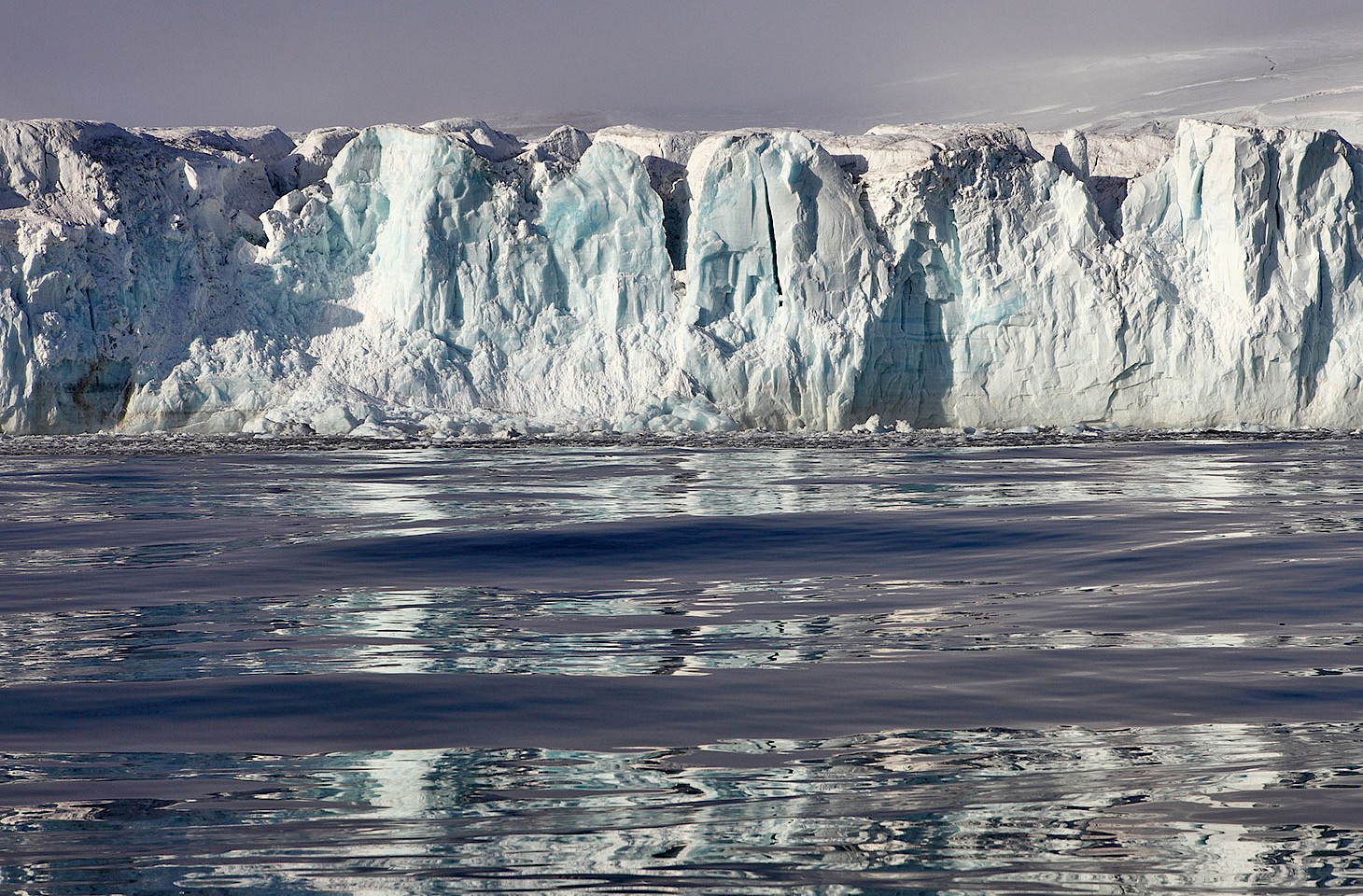Unseasonally warm temperatures in parts of the European Arctic in much of January and February suggest that 2014 might be the busiest season yet for the Northern Sea Route — the top-of-the-world shipping itinerary from the Barents Sea to the Bering Strait. If light ice conditions prevail, many commentators predict that the number of vessels making the voyage could top one hundred in 2014, fostering the development of this route into a major global seaway. Traffic on the route has increased dramatically in recent years, as global warming thins the ice in the Arctic basin. Just four vessels sailed the entire Northern Sea Route in 2010 — last year, 71 vessels successfully tackled the passage.
More than a third of the vessels making Northern Sea Route voyages last year were non-Russian — flying between them the flags of eleven different states. They included a Panamanian bulk carrier transporting coal from Vancouver to Finland and a Maltese vessel taking mixed cargo from Vietnam to Szczecin in Poland. In the following article, we look back to an earlier attempt (in the 1930s) to create an operational seaway through the Eurasian Arctic.
On a Saturday morning in early March 1939, a 47-year-old man with a full beard and poor lungs gathered up a few papers from his desk and walked out of his office into the Russian cold. Was Otto Schmidt pushed? Or did he jump? The scientist who dedicated many years to exploring the Russian Arctic stepped down 75 years ago this month from his post as director of the agency charged with developing the Northern Sea Route.
Otto Yulyevich Schmidt was born in the Courland Governorate of the Tsarist Empire. His name may hint of German ancestry, but Schmidt was a man thoroughly dedicated to the Soviet cause. Within a few hours, Schmidt’s personal effects were removed from the headquarters of the agency which he had led since its founding in 1932. By evening, Ivan Dmitrievich Papanin had been installed as the new boss of the Chief Directorate of the Northern Sea Route — often alluded to by the acronym GUSMP or the abbreviated Russian title Glavsevmorput.
Papanin was, like Schmidt before him, a celebrated explorer of the Russian Arctic. Born in the Crimean port of Sevastopol, Ivan Papanin had joined the Imperial Navy in 1914, later siding with the Bolsheviks in the Civil War. Papanin was seduced by the lure of the High Arctic, and during the 1930s had a central role in a number of daring expeditions, of which the most celebrated was the establishment in 1937 of the first drifting ice station. Dubbed NP–1, this was the Soviet Union’s most dramatic early attempt to establish a presence near the North Pole — and it was purposefully timed to coincide with the twentieth anniversary of the October Revolution in 1917.
Schmidt, for his part, had an equally distinguished reputation as an explorer, cutting his teeth on the joint Soviet-German Alai-Pamir expedition in 1928 and then setting his sights on the Arctic. He led the 1929 Sedov expedition to Franz Josef Land, which had an important political dimension with Norway and the Soviet Union at that time contesting rights in the European High Arctic. But the journey which was to have the most dramatic impact on Soviet affairs was Otto Schmidt’s single-season passage in late summer 1932 of the Northern Sea Route. Schmidt sailed from the White Sea to the Bering Strait in under ten weeks, a remarkable achievement.



